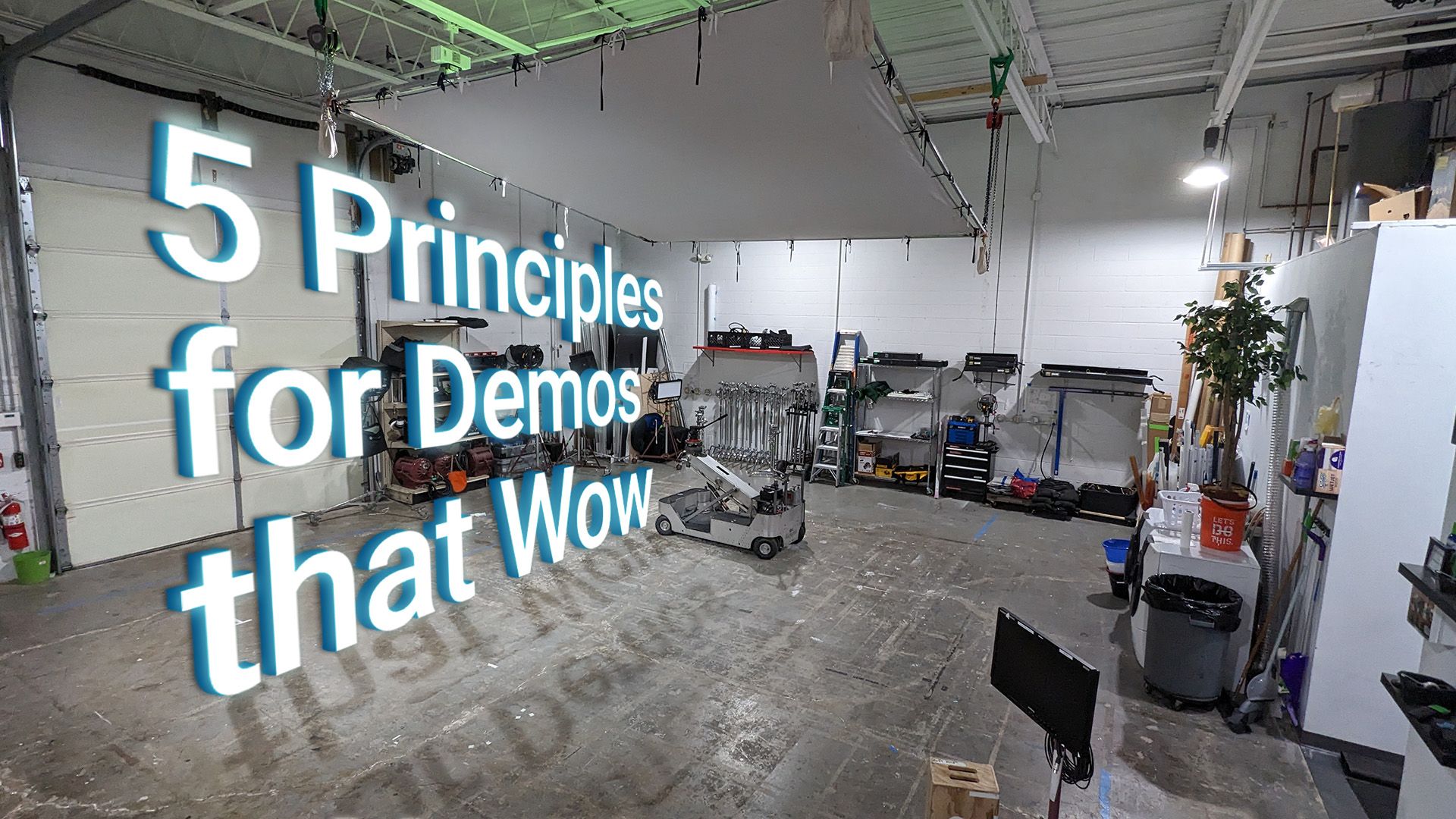News
They’re More Like Guidelines
May 14, 2020

“Critique: evaluate in a detailed and analytical way”
– Lexico/Oxford
Critique. This can be a scary word to most people who are not accustomed to this review process. As a Video Editor, critiques are part of my daily life at work. Sitting through a critique means having your work analyzed and broken down in front of you – and it can be quite uncomfortable. You share the work you have spent your time and creative energy on, and watch it get pulled apart.
The foundation of a good critique should be about successfully accomplishing the objectives of the client for the project AND collaborating with everyone in the review process. There are good and bad ways to carry out a successful and collaborative critique. Over the years I have taken note of what basic aspects of a critique are critical to its success – and keeps everyone happy.
Did We Accomplish Our Client’s Objectives?
With the start of any project, we review the objectives our client gives us. Likewise, with any critique, this is also where we should start: “What were the objectives of the project, and did we accomplish them?”
This is where the basis of feedback should flow from the people involved in the critique. If the objectives were not met, how can we revise the project to accomplish our client’s objectives?
It’s Not Personal, It’s Business
In order to meet your objectives, you can’t take it personally when you’re given feedback. I know this can feel like you’re going against the grain, because you have put your personal “umph” into this project, but if the people reviewing are critiquing on the basis of “did we accomplish our objective,” then it really isn’t personal. View it as a team effort to make the overall project better.
Don’t Jump Around
This will change based on project type, but for me, I always work in the video field. So, it’s pretty simple…. Start from the beginning and move through to the end. Don’t jump around and critique all over the place – it can be very confusing to follow to track necessary changes for whoever is taking notes. In other words, treat it like reading a book – you wouldn’t read Chapter 1 and then Chapter 8.
Be Specific
When giving feedback, be as specific as possible. For videos, give detailed timecodes. For design, print your work out and physically circle certain aspects of the design. The more specific you can be, the less likelihood there is of misinterpreting changes.
Undivided Attention
Shut your laptops, put your phones on silent, pay attention, and don’t talk while watching the first look-through. Give your fellow employees the respect of watching the video thoroughly through. This should also decrease the number of “follow up” revisions that could have gone unnoticed in the first pass, possibly setting you back hours after making initial changes. I promise you that anyone who has ever had a project reviewed will agree on this!
A Critique Should Be About Collaboration
You could look at a critique as “evaluating a project in a detailed or analytic way” – which sounds boring and painful – OR – you could look at it as “a team of employees collaborating together to review a project to figure out how it could be even more AWESOME!”
At the end of the day, the creative world is all about collaboration – so why don’t we bring that into our reviews?
Share Your Reasoning
During a critique, don’t be afraid to share your reasoning for doing something. It’s okay to explain and defend your creative or technical choices. This is not bad; it just lets the team better understand your perspective and could influence some key aspects of the critique.
All Opinions Wanted
When you cram a room full of creatives, client liaisons, directors and more – you’re going to have different opinions. All opinions should be heard, and no one should be made to feel uncomfortable with sharing theirs. A successful critique ensures that every voice is heard.
Some view disagreeing with others as a bad thing – it is not a bad thing. If anything, in my opinion, it fuels the creative process. By sharing your opinions and disagreements, you may reveal a whole new way to do something, or a better way to create content.
The Final Say
With different opinions being shared in the critique, it can be hard to get the team to settle on one thing. Before going into a review, make sure the team knows who has the final say. In a critique, someone should be put in charge of the overall review and to settle on any differing opinions. This makes the review more streamlined and cohesive.
Critiques don’t have to be scary if you go about them the right way. It’s a great way to collaborate with your fellow employees while also learning what you can personally work on. Try implementing some of the guidelines above, and I bet you will start to see positive changes in your critique process – both for your projects and employees.
Other articles

Meet Christina Shroyer: Graphic Design Lead
Sep 28, 2023

